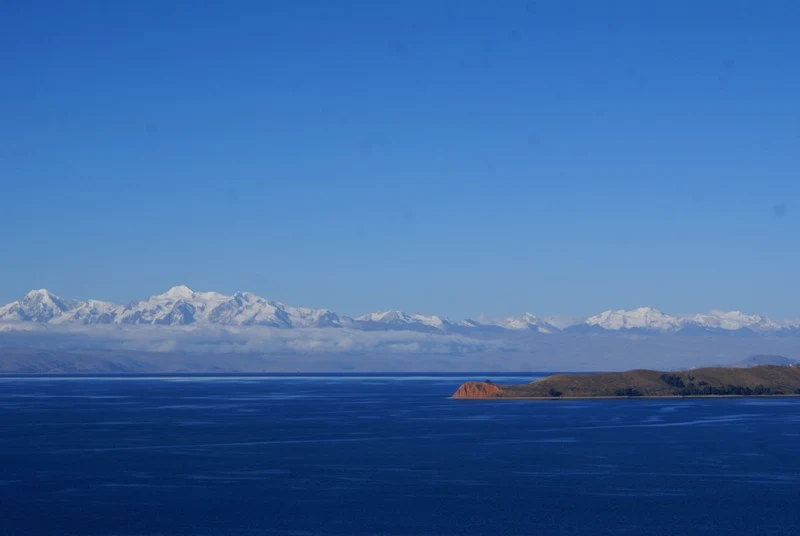
Now we will talk about the depth of Lake Titicaca, which has an antiquity of more than 3 million years, is currently considered one of the highest navigable lakes in the world, covering two nations; between Peru which has 56% and Bolivia 44%.
Lake Titicaca was declared since 1978 as a National Reserve, with a wealth of islands, flora, fauna and its amazing cultural, becoming a very important tourist destination for the region of Puno.
How many meters deep is Lake Titicaca?

The Titicaca National Reserve has a depth of approximately 280 meters, with an area of 8562 km, being the largest lake in South America and is composed of two bodies of water; to the north is the larger lake or Chucuiti and the other called smaller or Huiñamarca located to the south.
Titicaca has about 40 islands in its entire area, its inhabitants are the Aymara; Andean inhabitants older than the Incas. Also in the depth of Lake Titicaca you can appreciate the greenish vegetation, its almost dark blue waters, a soil with different shades and in its surroundings are its snow-capped mountains.
The lake is also home to a variety of birds, amphibians and fish, including the giant Titicaca frog, which can weigh up to 3 kilograms. Another additional fact, Titicaca is an endorheic basin that has no access to any ocean, but it does have a river called Desaguadero and is located in Puno.
Why is Lake Titicaca the deepest lake in the world?
Lake Titicaca's depth is due to tectonic forces, which gave rise to the formation of this lake and its mountains within it. This was given by the sinking of the Collao Plateau, in the glacial era its waters were frozen and did not achieve the process of sedimentation.
For this reason it originates its shape and depth, this event occurred when the ice masses thawed and is now known as Lake Titicaca, it is for this reason that the lake has more depth among the other lakes of the different destinations.